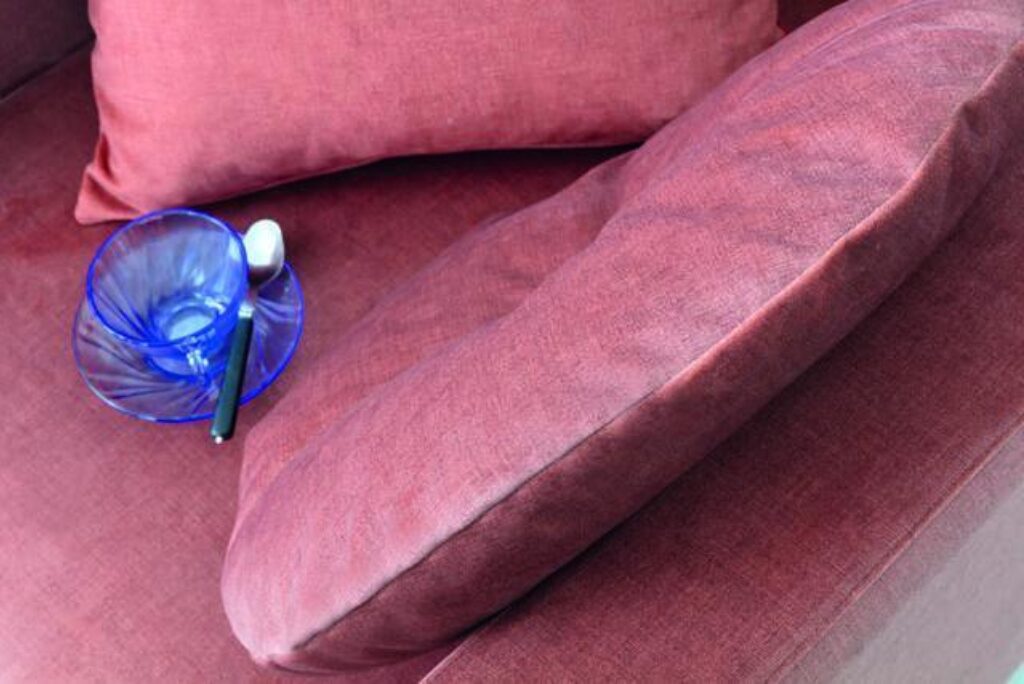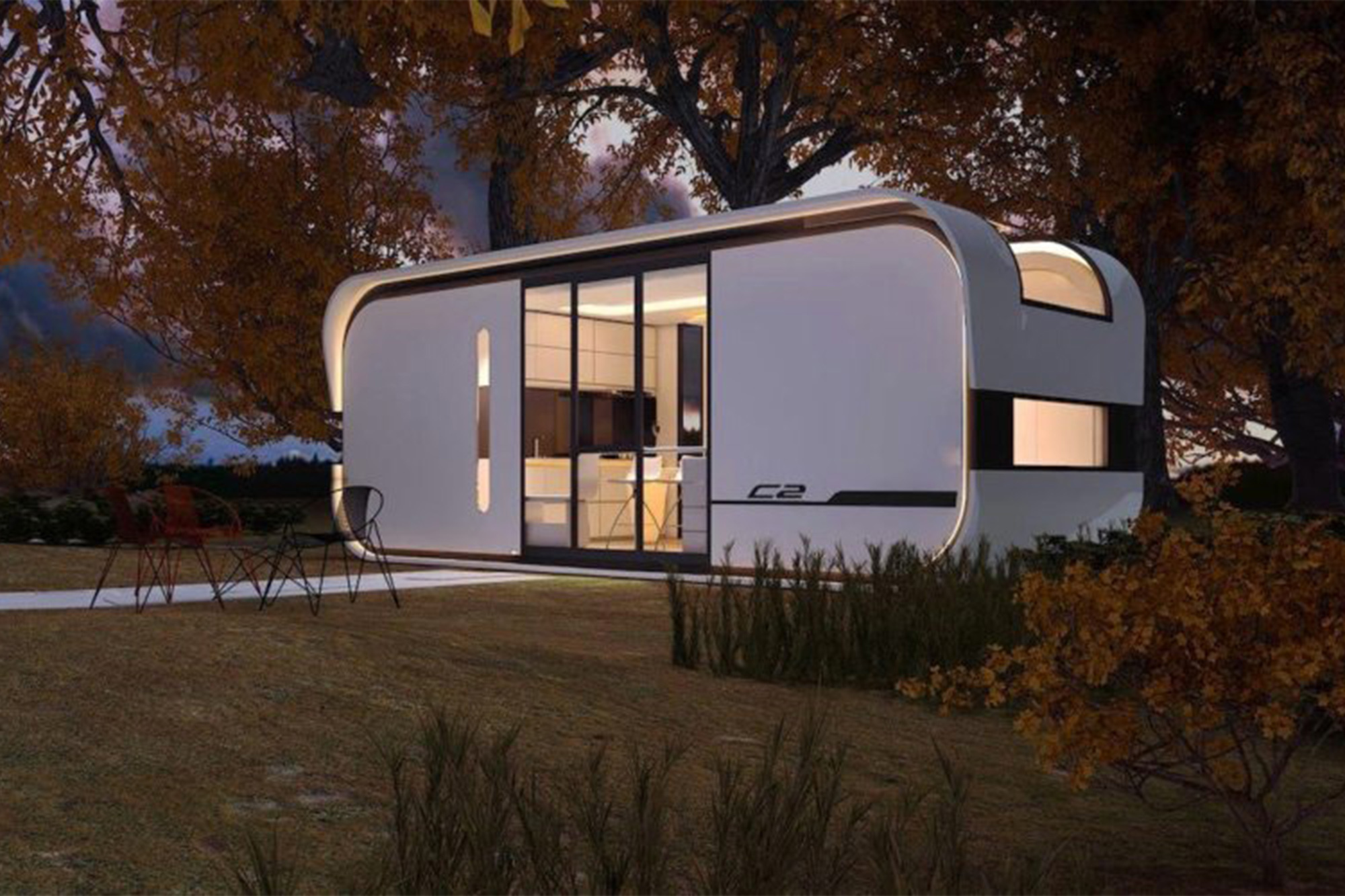The Tiny House Movement Gets a Luxury Upgrade
It’s exactly a year to the day since our first post on the tiny house movement and now it’s time to look back and see what’s changed.
The focus on minimalism and affordability is the backbone of the tiny house movement, a rural tiny home living trend championed by social media for the last half of the decade.
Now, however, tiny houses are becoming mainstream and more upmarket. Home is a multipurpose hub for so many people that our relationship with space is changing – and our desire for somewhere calm and private is rising.
Can ‘minimalism’ also mean ‘luxury’?
What even really is ‘luxury’ anyway?
Read on to find out.

Living big in an eco-friendly tiny house
It would be difficult to talk about the tiny house movement without looking at how sustainable they are, as it’s a big talk point that’s particularly prevalent at the moment.
Bringing outside in is more than just ‘get houseplants’ – it’s also about responsible use of materials. There is even a micro-home that runs on used coffee grounds in Nahant, Massachusetts, financed by Dunkin’ Donuts.
Bringing elements of nature into our homes is also on trend for 2020 as people look to reconnect and find balance with the great outdoors. You can see this even inside in trends in colour choices, which are predominantly greens, blues and earth tones.
Related read: Choosing couch upholstery and cushions for RV camper van life >
Materials are getting a look in, of course, manifesting in organic shapes in natural wood, stone, jute, and biodegradable materials. The architectural structures of tiny houses are looking to reusable structures already available, such as shipping containers or sheds that are already present, that are ready to be renovated.
We’ve written a lot on this blog about indoor greenery in every kind of interior space, from home to hotels, but an interesting trend that’s cropping up in tiny homes are indoor herb and microgreens vegetable gardens.
Even indoor water features are trendy (yes, really). Searches for them rose 917% on Pinterest over the last six months.
Backyard tiny houses offer the luxury of single-purpose spaces
“People are looking for calm,” said Mitchell Parker recently in an interior design trends article in the LA Times. “With all the tech and screen time, the environment [issues] and political landscape, I get a sense from talking with the designers and homeowners that people are really looking for their homes to be these kinds of calm, quieting, soothing spaces where they can unplug and recharge.”
As the slogan goes: offline is the new luxury – and tiny homes offer just that: disconnection.
Modern tiny house interiors are increasingly designed specifically with one purpose in mind, as an audio room, for example, or a ‘she shed’, the female rival to the man cave.
Another factor to consider is the rise of the remote worker in need for a workspace and a personal space both within the confines of an increasingly tinier home.
A dedicated office room is not an option for most apartment dwellers, so this is where a spot in a tiny home community proves to be a lifesaver.
Check out our post on designing your remote workspace to do your best at your day job.
Tiny homes for urban environments are perfect if you want some extra space amid the chaos of urban life, especially if there’s a retro-futuristic feel to it.

The same goes for capsule hotels, studio apartments & bedsit renovations.
Urban tiny homes shine bright in congested cities such as Tokyo and Hong Kong, in projects such as the OPod Tube Housing, which transforms 2.5-metre-wide concrete water pipes into 9.29-square-metre homes (designed by James Law Cybertecture).
Interested in office design? It's an area of interior design and architecture that's changing rapidly, so it's best to stay up to date. Start here.
Tiny house living puts the focus on design and functionality
Tiny house hunters are experts in what they need and expect from such a small space, and it’s showing in tiny house floor plans and interior sketches. The sophisticated design is a luxurious by-product of working with such a small interior.
Open-concept floorplans are not only practical in such a small space, but they echo the interior architecture of the past.
Frank Lloyd Wright (June 8, 1867 – April 9, 1959), for example, began to design homes with a large open living space that combined dining areas and living areas, often separated as well as united by a large open fireplace.
Open floorplans of modern private homes the world over owe their interior architecture to design pioneers such as Lloyd Wright.
Related read: Eco-friendly architecture: the importance of sustainable design
Getting clever with using space is key when you are designing a tiny house or giving a shed a luxury makeover because there is not much of it. It requires a premeditated approach to intentional living that requires rigorous creativity and design flexibility.
We would argue that setting intentions for your space is in the domain of luxury, as mindful intention keeps your life and mind in order, something that’s becoming a scarce skill these days.
Read our post about intentional living and interior design here on our blog


Creative use of multipurpose furniture is all the rage in tiny houses
Multipurpose furniture is having its time in the limelight right now. Powered by the increasingly smaller apartments or flats in urban settings, multipurpose furniture is a driving force when it comes to tiny houses.
Cool examples include:
- Coffee tables with storage that fold out to laptop desks
- Chairs that stack neatly together to create shelving space
- Desks that fold up against the wall
- Chairs and beds with built-in bookshelves
If you’re looking to upgrade your furniture or want a new look for your home, then upholstery is the way to go. Upholstery fabric can change the way a room looks and feels, but it’s important to choose the right one so that you don’t end up with regrets later. Here are some tips on how to choose the best upholstery fabric for you.
Great things come in small packages
Thank you for reading! Look at our updated Camper Life Pinterest board for more tiny living décor inspiration!